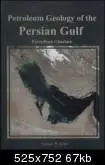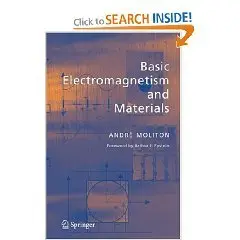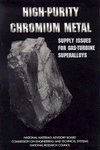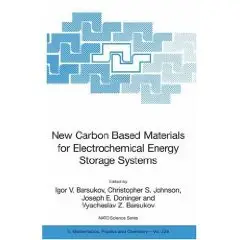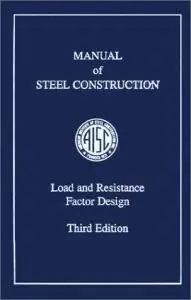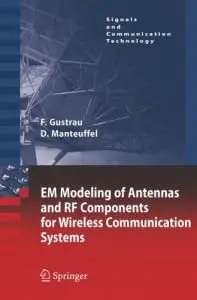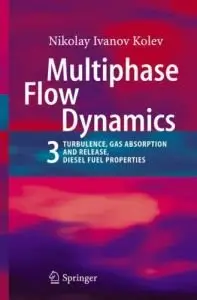Fereydoun Ghazaban " Petroleum Geology of Persian Gulf "
Teheran University and National Iranian Oil Company | Pages 734 | PDF | ISBN 9640394203 | August 2007 | 20MB
Teheran University and National Iranian Oil Company | Pages 734 | PDF | ISBN 9640394203 | August 2007 | 20MB
Contents (only Main Chapters listen)
Preface
1. Introduction with History
2. Oceanography of the Persian Gulf
3. Stratigraphy of the Persian Gulf
4. Sources Rocks in Persian Gulf
5. Reservoir Rocks in Persian Gulf
6. Cap Rocks and Seals in Persian Gulf
7. Tectonics
of the Persian Gulf
8. Salt Diapirism in the Zagros Basin
9. Hydrocarbon Fields of Persian Gulf
10. Geophysical Survey of the Persian Gulf
11. Persian Gulf Environmental Geology


